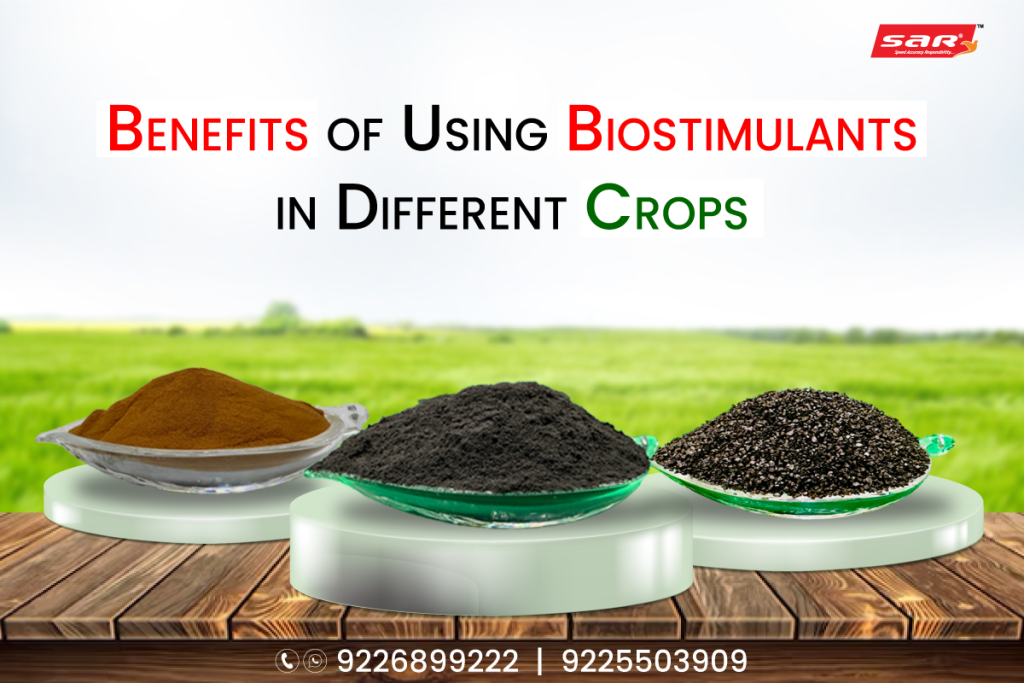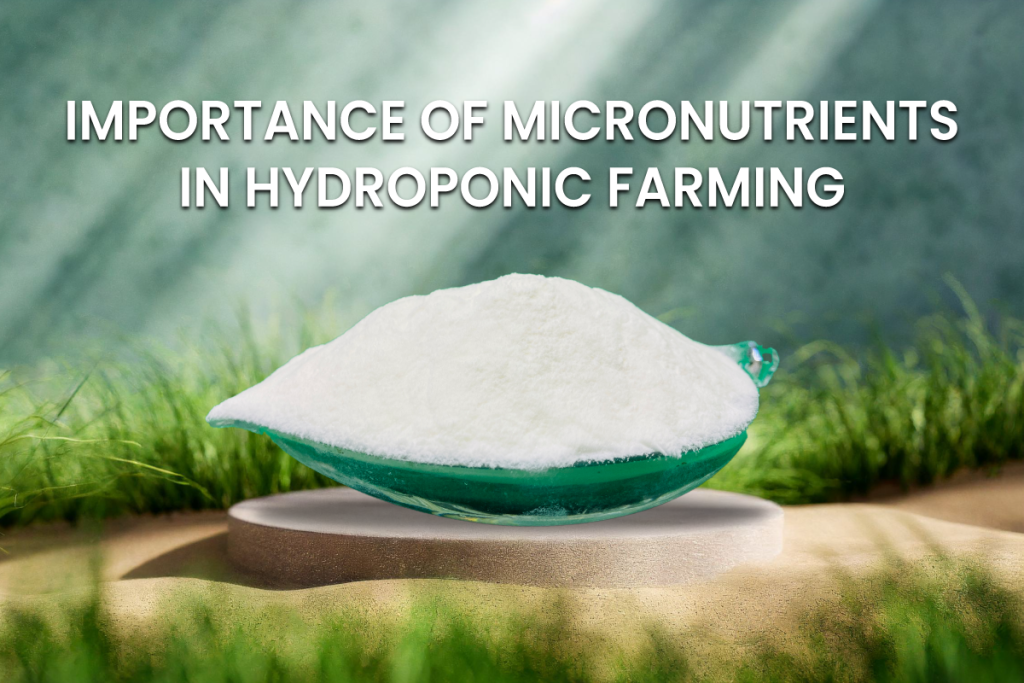
It is a field that never ceases to evolve in search of new paradigms for agriculture – novel avenues we could leverage as innovative solutions striving to make our crops more productive, resilient, and sustainable. One of those innovations that has taken great advancement is the use of bio stimulants These substances are either natural (or) synthetic which upon application to seeds/plants/ soil, enhance different physiological processes of plants ultimately resulting in better growth/yield and stress tolerance. In this article, biostimulants serve as a valid alternative to growing certain kinds of crops in sustainable agriculture.
Understanding Bio stimulants
Biostimulants are not fertilizers, but they work very well with them to promote plant growth. This would include amino acids, seaweed extracts, humic and folic acid and many other beneficial microorganisms or organic materials. These agents assist the plants in dealing with abiotic stresses (i.e., drought, salinity, and extreme temperatures), reduce nutrient inputting, and enhance general plant health.
Enhanced Nutrient Uptake
Better nutrient absorption is one of the main advantages offered by biostimulants, which improves absorbability. For example, humic substances and fulvic acids enhance the cation exchange capacity of soil by making such molecule complexes. This means plants can process nutrients more effectively. The addition of angiosperm plants of humic substances has been documented to increase nutrient uptake, with favorable consequences in terms of plant health and crop yield as seen from trials on crops such as maize (Zea mays) or wheat.
Improved Stress Tolerance
Plants are exposed to abundant environmental stresses that seriously affect plant growth and crop production. They can reduce the effects of these constraints with bio stimulants. Seaweed extracts contain a series of natural growth hormones: cytokinin’s, auxins, and gibberellins that allow the plant to better cope with stressful situations. In tomato plants, the use of seaweed extracts has been shown to increase drought resistance through improvements in water retention and reduction of oxidative stress.
Enhanced Growth and Yield
Thus, the role of biostimulants is to promote root elongation and stimulate branching at various degrees (and in-) directly influencing water absorption and nutrient uptake. That is where amino acids, a key constituent of bio stimulants can come into the picture. These are required for creating and maintaining proteins and enzymes, which help in the growth of plants. The application of amino acid-based bio stimulants has been proven to increase the root biomass in rice crops, which results in better nutrient uptake and consequently higher grain yields.
Better Soil Health
What this means is that healthy soil is the backbone of productive agriculture. Biostimulants can benefit soil health by triggering the reproduction of beneficial microorganisms. This provides nutrients to increase soil fertility and add physical structure to the microorganism. Enhanced bio stimulant use for instance, in soybeans – which are legume crops that supply symbiotic nitrogen from soil to the host plant through root nodules- may result in a greater abundance of beneficial bacteria (N-fixing) with direct consequences on both improved ecosystem services and enhanced crop return.
Enhanced Fruit Quality
Bio stimulants can also be used in fruit crops to increase overall yield as well as providing enhancement of quality. For example, it has been shown that seaweed extracts or a combination of amino acids can increase the size and export fruit color. In grapevines, the application of bio stimulants has promoted larger berry size and sugar content leading to higher quality wine production.
Sustainable Agriculture
This is why bio stimulants are pioneers in sustainable agriculture. They reduce environmental pollution by improving nutrient use efficiency and subsequently reducing the application of chemical fertilizers. They also promote an environmentally friendly way of farming, by allowing crops to cope with stressful conditions without needing a high dose of chemical pesticides.
Case Studies and Applications
1. Maize (Zea mays): Applying humic substances in maize cultivation has demonstrated ultimate nutrient content and yield. This has been shown to boost root biomass and plant growth in response to varied soil types and increased crop performance.
2. Tomato (Solanum lycopersicum): Seaweed extracts enhance the drought tolerance of tomato plants. The extracts help maintain internal osmotic potential in the plant and minimize the adverse effect of water stress on flower number, fruit set (fruit size) & quality.
3. Wheat (Triticum aestivum): In the case of wheat, amino acid-based biostimulants have produced failures. They increase protein synthesis ultimately increasing growth & grain yields. Furthermore, they aid in the adaptation of these plants to abiotic stress factors such as salinity and extreme temperatures.
4. Grapes (Vitis vinifera): Berry enlargement and sugar content have been promoted in viticulture here, as well. In fact, extracts from seaweed naturally improve grape quality, thus increasing wine production.
5. Soybean (Glycine max): Microbial biostimulants in soybeans enhance the growth of nitrogen-fixing bacteria. When filter-feeding the algae, Daphnia absorbs these nutrients along with carbon from the algal cells and excrete them in a solution that plants can now use for photosynthesis – enhancing soil fertility to improve overall crop performance by increasing yield without excessive fertilizer inputs and losses.
Conclusion
Biostimulants in agriculture have a wide array of advantages for better nutrient uptake, stress tolerance, and improved growth rate along with increased yield. Biostimulants work to reduce our reliance on chemical inputs and promote better soil health which in turn leads to a more sustainable farming practice. The future of agriculture will reap the benefits of biostimulants, as we are still finding out more about what they can do. Harnessing biostimulant technology results in healthier crops, higher yields, and more importantly sustainable agricultural ecosystem.

